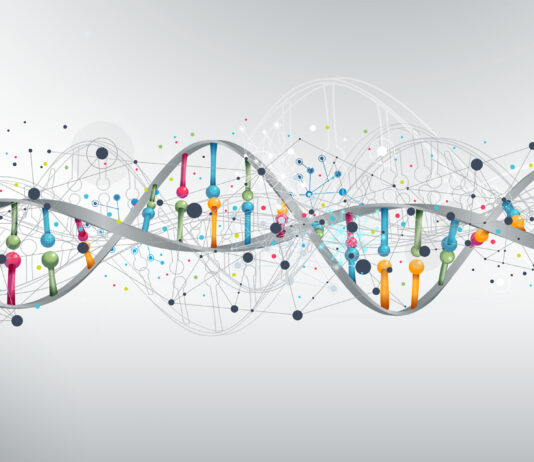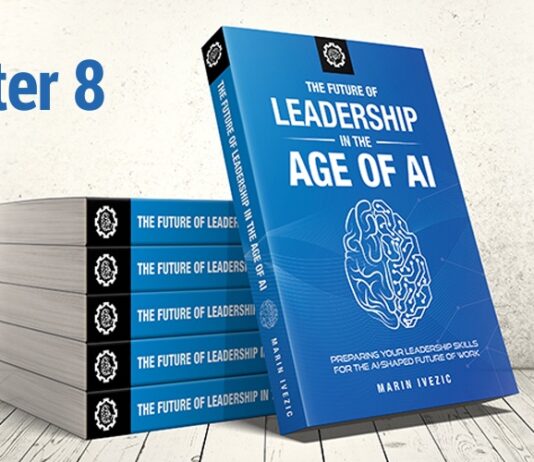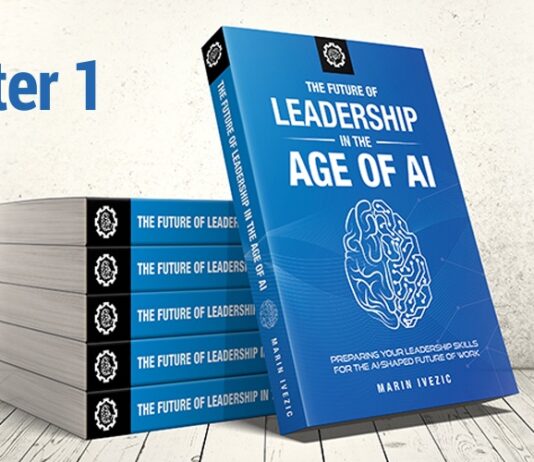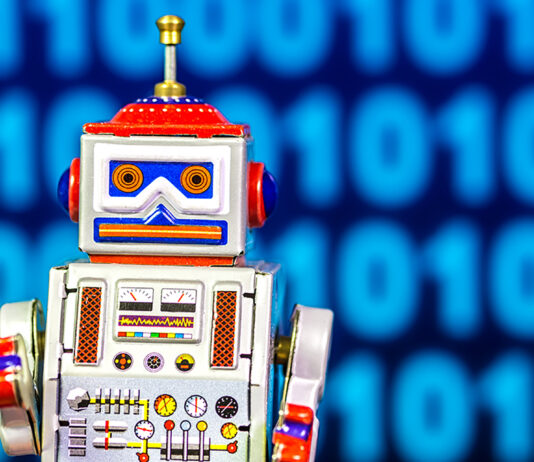In 2013, George F. Young and colleagues completed a fascinating study into the science behind starling murmurations. These breathtaking displays of thousands – sometimes hundreds of thousands – of birds in a single flock swooping and diving around each other, look from a distance like a single organism organically shape-shifting before the viewer’s eyes.
In their research article, Young et al reference the starling’s remarkable ability to “maintain cohesion as a group in highly uncertain environments and with limited, noisy information." The team discovered that the birds’ secret lay in paying attention to a fixed number of their neighbors –...
Recent events have confirmed that the cyber realm can be used to disrupt democracies as surely as it can destabilize dictatorships. Weaponization of information and malicious dissemination through social media pushes citizens into polarized echo chambers and pull at the social fabric of a country. Present technologies enhanced by current and upcoming Artificial Intelligence (AI) capabilities, could greatly exacerbate disinformation and other cyber threats to democracy.
Robert Kagan in his recent Post essay, “The strongmen strike back,” insightfully states:
"What we used to regard as the inevitable progress toward democracy, driven by economics and science, is being turned on its...
Cybersecurity strategies need to change in order to address the new issues that Machine Learning (ML) and Artificial Intelligence (AI) bring into the equation. Although those issues have not yet reached crisis stage, signs are clear that they will need to be addressed – and soon – if cyberattackers are to be prevented from obtaining a decided advantage in the continuing arms race between hackers and those who keep organizations’ systems secure.
ML and AI can magnify existing vulnerabilities and open the door to new attack strategies. At the same time, though, they offer new tools to help organizations secure...
To remain competitive, organizations will increasingly have to innovate. As the speed of innovation increases, disrupting whole sectors, competitive intelligence, market intelligence even a bit of futurism will become essential skills.
Leaders will have to stay informed not only of macro trends in their industry but also in technology in general. And they will have to do more than merely report their findings to appropriate people higher in the organization. AI can easily do that. Instead, they will also have to develop a sense for how those trends could impact their organization, so they can assess how to get the...
It’s almost impossible to turn around nowadays without finding another article predicting the impact that AI and other emerging technologies – the so-called Fourth Industrial Revolution – will have on our future. It’s one of the hottest topics being discussed by forward-thinking business leaders today. And well it should be. The fact that we are on the cusp of dramatic change in how business, workplaces and our very lives are carried out is inescapable.
Some writers picture a utopia where humankind is freed from manual labor, where machines do all the work and all people receive a universal basic income...
Canada’s rankings in innovation has lagged that of other peer nations for decades despite government efforts to address this issue. Considering its success in developing research programs at its universities, its mediocre rankings overall in technology development is disappointing. Those programs alone have not been enough to translate into entrepreneurial innovation.
A 2017 C.D. Howe Institute study points out that, even though Canadians have been at the forefront of breakthroughs in emerging technologies, in many cases, the chief beneficiaries of those breakthroughs have been other nations’ economies. Canada needs to take a stronger role in building an environment in which...
If you’ve read the many predictions about the future of AI, you’ve likely found them to be wildly different. They range from AI spelling doom for humanity, to AI ushering in Golden Age of peace, harmony and culture, to AI producing barely a blip on society’s path toward ever-greater technological achievement.
Those three views – dystopian, utopian and organic – present issues we need to consider as we move deeper toward an AI-integrated future. Yet they also contain exaggerations and false assumptions that we need to separate from reality.
The Dystopian View of the AI Future
Those with a dystopian view of...
Where AI, robots, IoT and the so-called Fourth Industrial Revolution are taking us, and how we should prepare for it are some of the hottest topics being discussed today. Perhaps the most striking thing about these discussions is how different people’s conclusions are.
Some picture a utopia where machines do all work, where all people receive a universal basic income from the revenues machines generate and where, being freed from a need to work for wages, all people devote their time to altruism, art and culture. Others picture a dystopia where a tiny elite class uses their control of AI...
Today’s business leadership face a conundrum. Artificial Intelligence (AI) unquestionably will play an enormous role in the future of their organizations and the business environment in which they operate, but what effects will it have? Prognosticators have wildly different visions of the future it will create, ranging from causing the extinction of humanity to ushering in a Golden Age in which machines provide all humanity’s needs and free us to focus on altruistic service to one another and the advancement of human culture.
Both of these most commonly heard predictions are based on assumptions that lead to wild speculation that...












